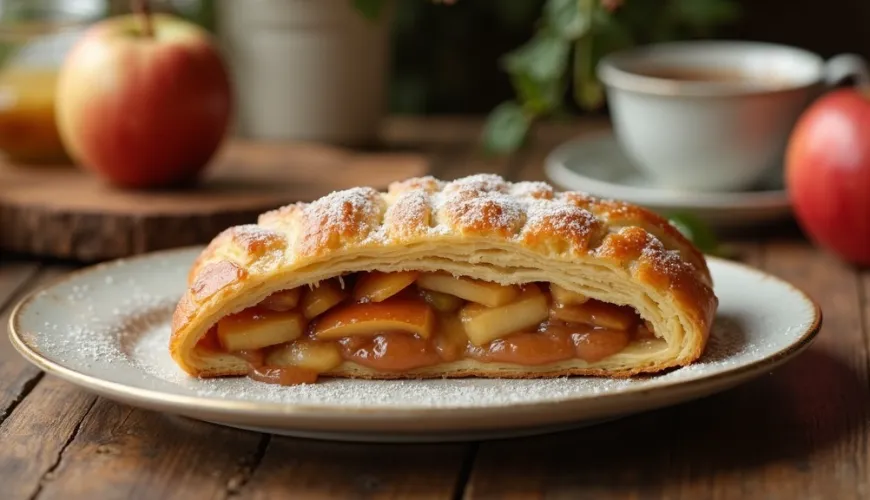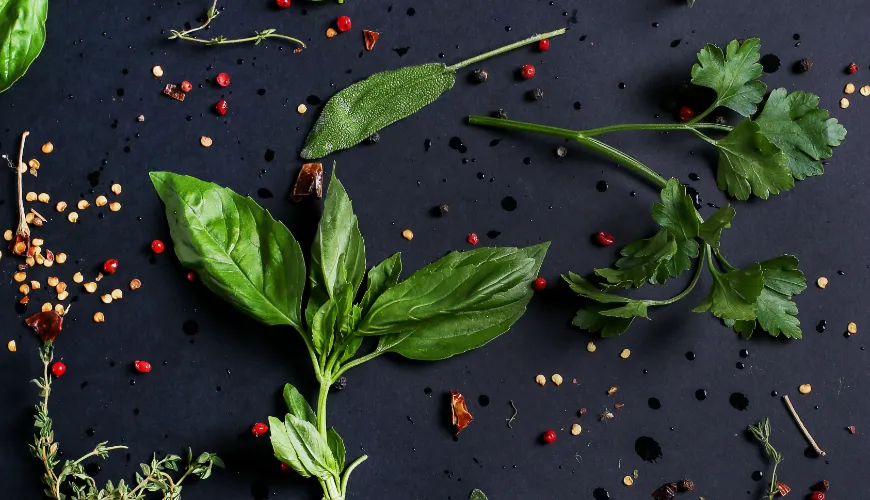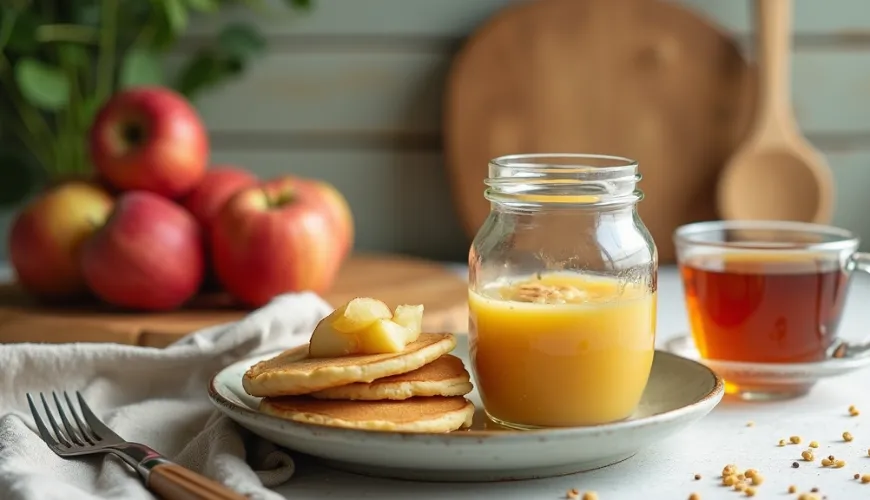
How Choux au Craquelin is Changing the Game in Pastry Making

The Phenomenon Called "Choux"
French patisserie is for many a symbol of elegance, sophistication, and the perfect blend of flavors. Alongside classics like macarons or mille-feuille, one dough has recently come into the spotlight, which you might know as "choux." Although in Czech households it's often encountered in the form of classic cream puffs or profiteroles, the new wave of interest in "choux choux" – that is, fluffy balls or towers of choux pastry – shows that this pastry technique is definitely not a thing of the past.
However, not all choux is created equal. Currently, the so-called "choux au craquelin" is particularly popular – a small dessert that wins admiration not only for its taste but especially for its texture and appearance. What is behind its popularity and why are choux recipes so beloved even beyond the borders of France?
What Does "Choux" Actually Mean?
The word "choux" (pronounced "shoe") literally means "cabbage" – the name refers to the shape of small round balls that puff up during baking and resemble cabbage heads. The technique of making choux pastry, also known as choux pastry, has been used in the kitchen since the 16th century. In terms of ingredients, it is very simple – water, butter, flour, eggs – and yet dozens of variations can be created from it. From savory gougères filled with cheese to sweet cream puffs with vanilla cream.
Choux pastry is first prepared on the stove by mixing flour into a boiling mixture of water and butter. By subsequently adding eggs, a smooth, glossy mass is formed, which is baked at high temperature. The result is a light, hollow ball ready to hold cream, caramel, chocolate, or whipped cream.
The Revolution Named Choux au Craquelin
While classic choux pastries are known for their lightness, their surface tends to be irregular and cracked. And this is exactly what French pastry chefs decided to change when they started making choux au craquelin. This sophisticated dessert combines traditional choux pastry with a thin layer of butter crumble (called craquelin), which is placed on the dough before baking.
The crumble melts at temperature and forms a delicate, crispy crust during baking, reminiscent of a cookie surface. As a result, choux au craquelin are not only tastier but also more visually attractive – perfectly round with an evenly cracked pattern. This makes them an ideal dessert for modern pastry displays and a popular subject for food photographers on Instagram.
According to French pastry chef Christophe Michalak, who significantly popularized this style of dessert, "choux au craquelin represents the perfect harmony of textures – a crispy surface, tender dough, and a velvety filling." And it is this play of contrasts that appeals to consumers who prefer desserts with less sugar but more flavors.
How to Prepare Your Own Piece of France at Home?
At first glance, a choux recipe might seem complicated, but with a little patience and quality ingredients, anyone can prepare it. The key is to follow the basic ratios and procedure. The most important step is to "cook off" the dough well – that is, thoroughly cook it before adding the eggs – and then bake it without opening the oven so that the balls don't collapse.
For choux au craquelin, the preparation of the crumble layer is also necessary: mix butter, sugar, and flour into a smooth dough, roll it out into a thin sheet and cut out circles to place on the raw choux. The result is worth it – crispy yet light balls that pair wonderfully with creams of vanilla, hazelnuts, or salted caramel.
In real life, this recipe was tackled by Tereza from Brno, who opened a small home business making French desserts during the pandemic. She started with macarons, but it was choux au craquelin that brought her the most clients. "People are amazed by the appearance, but mainly by the fact that it's not overly sweet. Even men who don't usually eat desserts enjoy it," she says.
Why Are Choux So Popular Right Now?
The appeal of choux desserts lies in their versatility. The dough is neutral and suitable for both sweet and savory variations. Pastry chefs thus have free rein when it comes to fillings and decorations. Recently, unconventional flavors like yuzu, matcha, or pink pepper have been appearing.
Additionally, people today increasingly appreciate quality and artisanal products, and choux is precisely the type of dessert that showcases the pastry chef's skill. Unlike cakes, which can easily be baked in advance, choux is best fresh. This need for freshness makes choux a trend that supports local pastry shops and small businesses.
On social media, choux has become almost a viral phenomenon. Hashtags like #chouxpastry or #chouxaucraquelin have hundreds of thousands of posts on Instagram. Photos of crispy balls with colorful creams, golden details, or seasonal fruit are enticing to try.
Where to Encounter Choux Outside of France?
Even though France remains the home of choux culture, these desserts are now commonly found on menus in world metropolises. In Tokyo, you can find them in minimalist packaging with flavors like black sesame. In London, they are served as mini desserts paired with Earl Grey cream. And in Prague? They are beginning to appear in the windows of progressive pastry shops, often as part of a tasting menu alongside unconventional desserts.
Lastly, the popularity of choux is also due to their practical size. One ball represents the perfect portion – enough to enjoy, but not so much that you feel guilty. Moreover, they are perfect for celebrations, weddings, or as an edible gift.
And so the unassuming dough, which originated centuries ago in the kitchens of French court chefs, is once again enjoying interest as one of the most versatile and impressive pastry creations. Perhaps it is because it combines simplicity with precision. Perhaps because choux au craquelin combines the best of tradition and innovation.
Who could resist a little piece of France that crunches between the teeth and then melts on the tongue?

